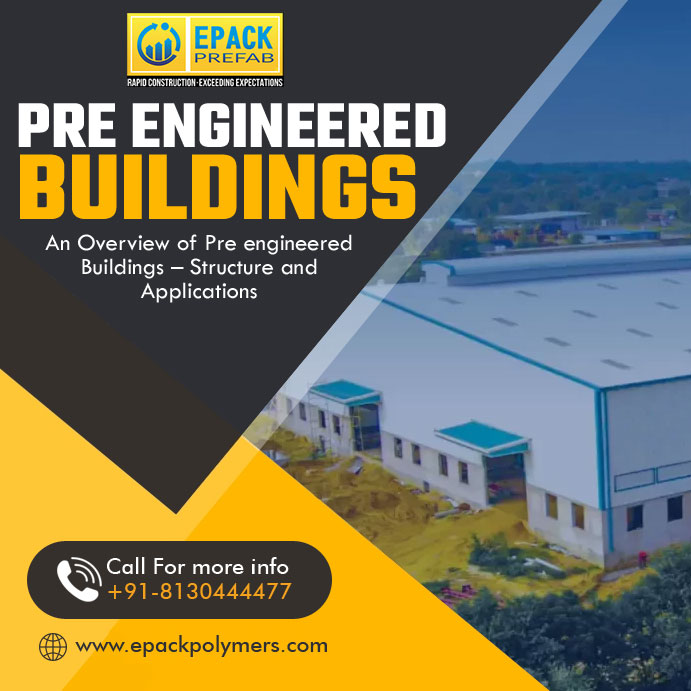Even though prefabrication is new, it is not an old idea. Off-site building and construction has been getting a lot of attention in recent years because it is quick to build and also cheaper. This construction setting is also green, which is not a luxury but a need in this day and age when the whole world is dealing with global warming.
Pre engineered industrial buildings are popular because they are easy to use and save time. This is why they are used so often in business and industry. When the parts are ready in the factory, they are sent to the building site to be built and put in place.
The ratio of strength to weight is much better in pre-engineered steel structures than in RCC frameworks. It can be taken down quickly and moved to another place to be used again. So, there are many benefits to commercial frameworks that have already been made. Here are some details about the process and parts of Pre engineered buildings:
Primary/ main framing
Primary frames are the parts of a building that carry most of the weight and send it to the already-built foundation. These are made up of beams, columns, and anchor bolts, joists, etc. to hold them together.
Secondary framing
Secondary frames are the structural parts of a pre-engineered building that add more support to the main framing system. It has purlins, girts, eave struts, clips, and other parts. The primary frame isn’t the only thing that gives extra support to the walls and roof.
Analysis and Planning of PEB
Technicians start the prefabrication process by making a structural drawing of the whole building. The loads, framework, and other parts of the building are already set, but the design of the building is still coming together at the same time. This makes it possible to design and build things with accuracy. AutoCAD and Staad Pro are two of the most popular design programmes used to figure out things like axial forces, beam and column stresses, etc. When several technicians work at the same time, time is saved.
Some Applications
PEB steel buildings can be used for the following:
- Industrial Buildings
- Warehouses
- Malls and convention centres
- Showrooms
- Offices
- Indoor parking lots at sports stadiums
PEB steel buildings are less expensive than traditional brick and mortar buildings. They last a long time, can grow as needed, and can be recycled. Steel is made to be recycled, so these buildings are good for the environment. This means that these buildings are sustainable in the long run because they don’t hurt the environment.



